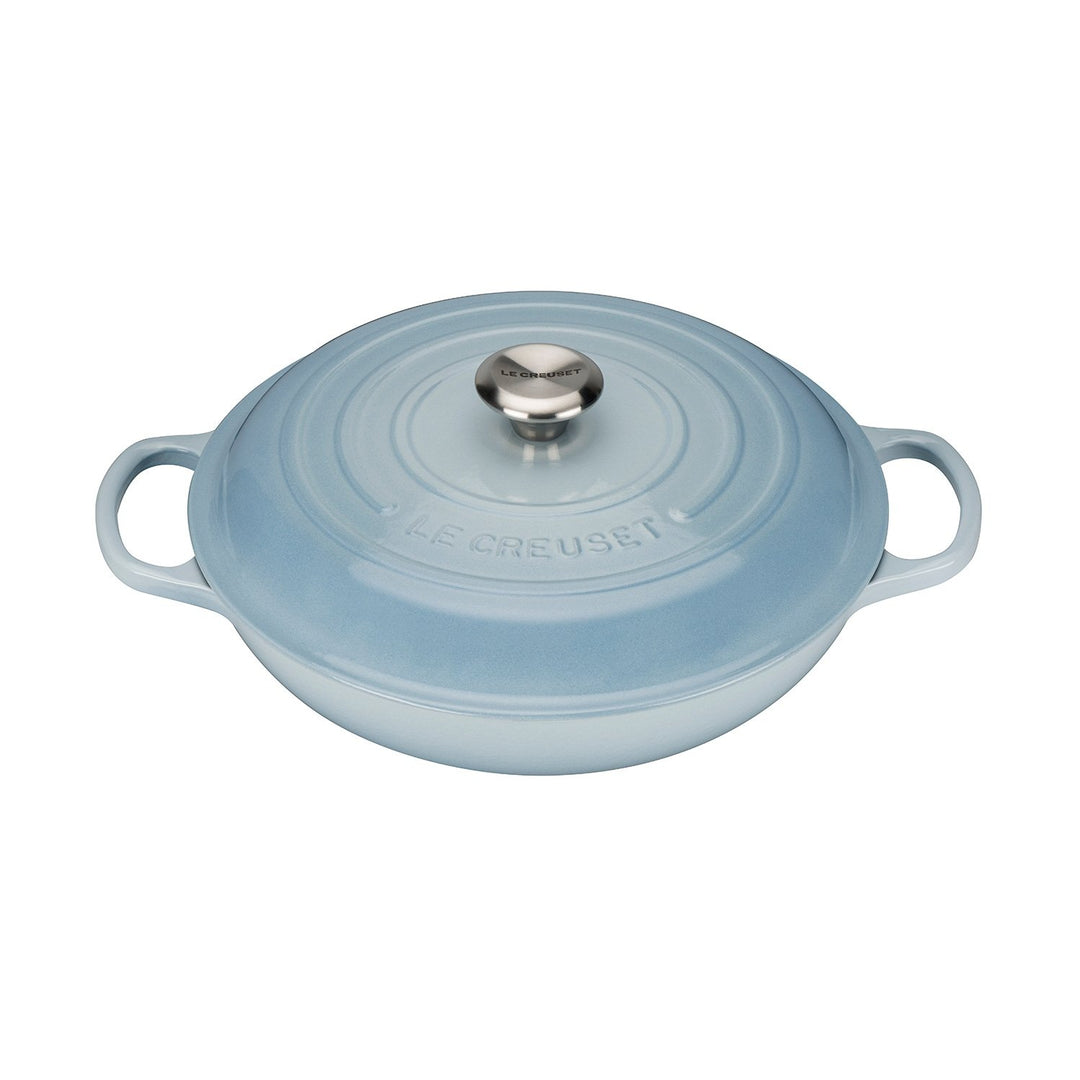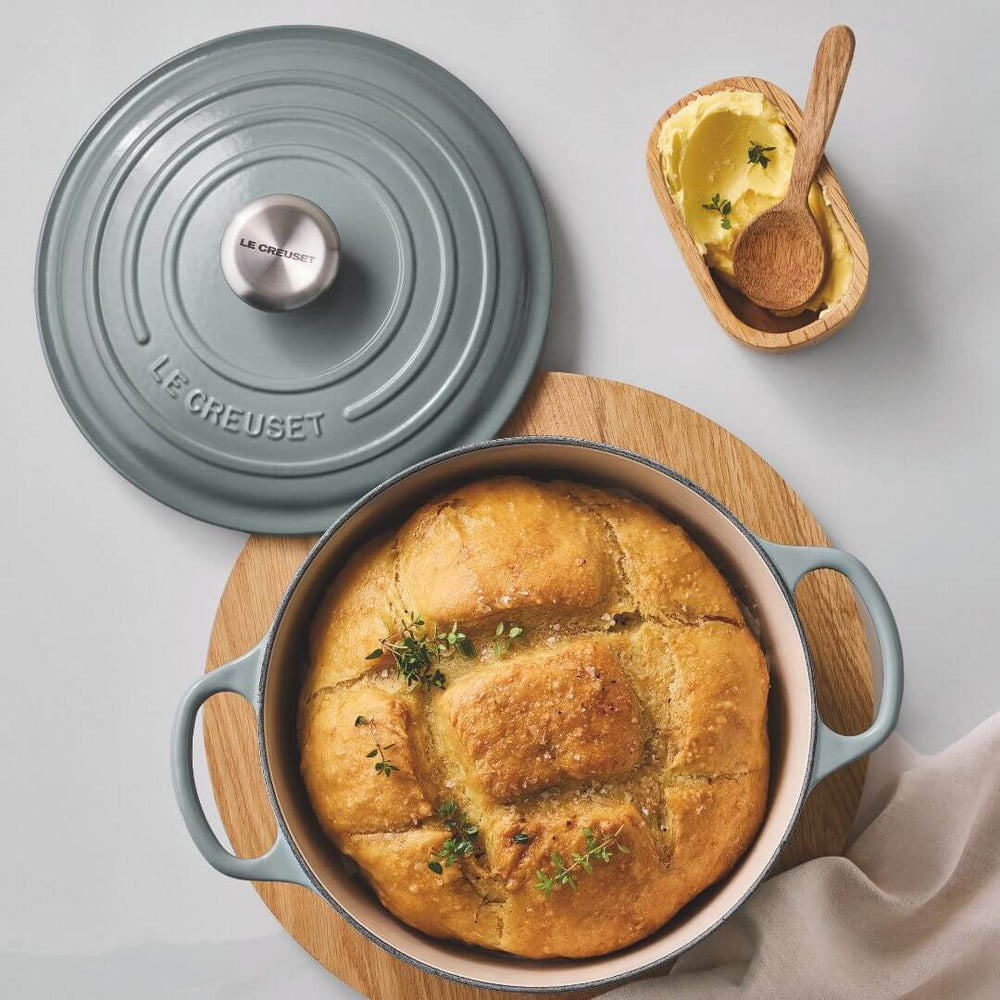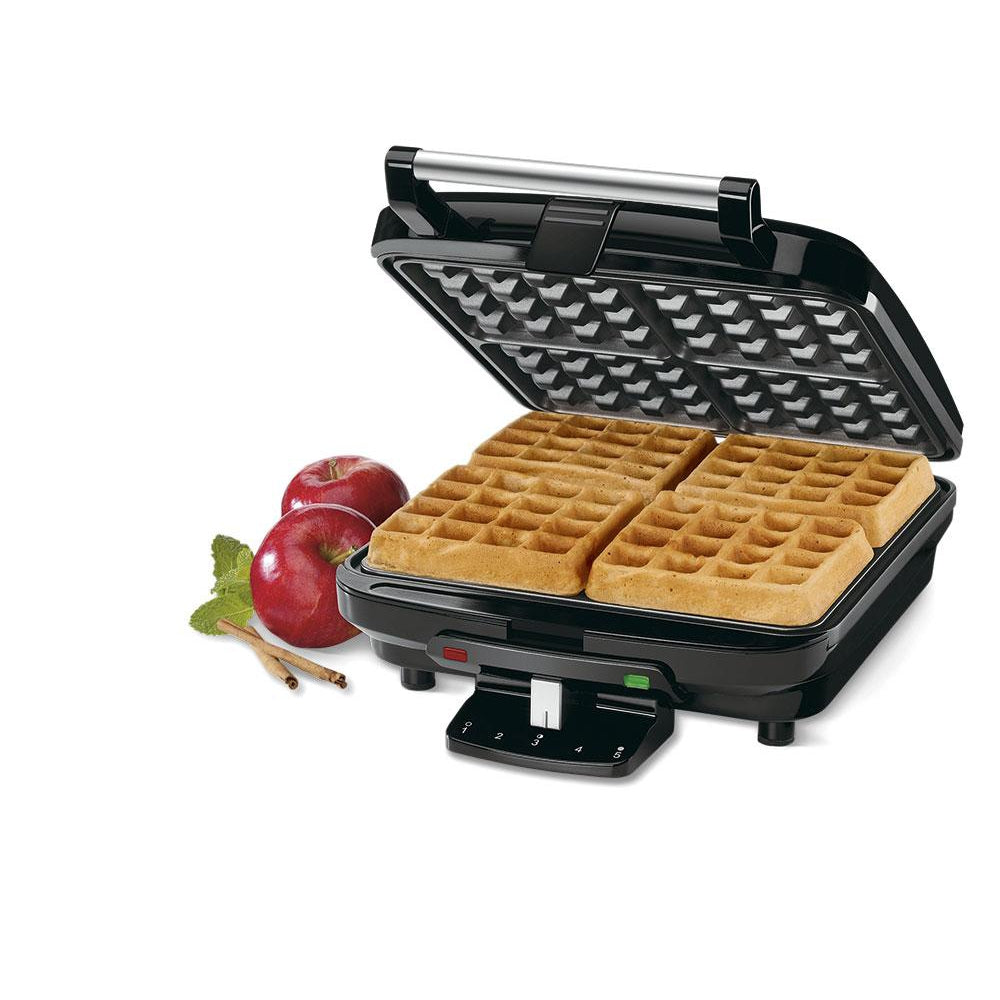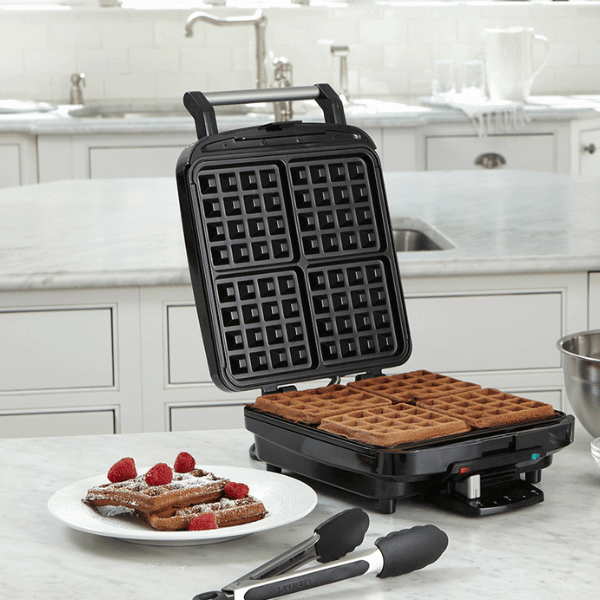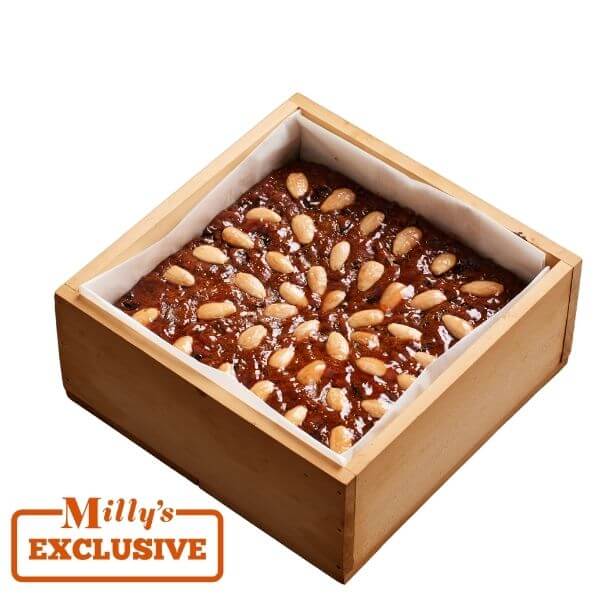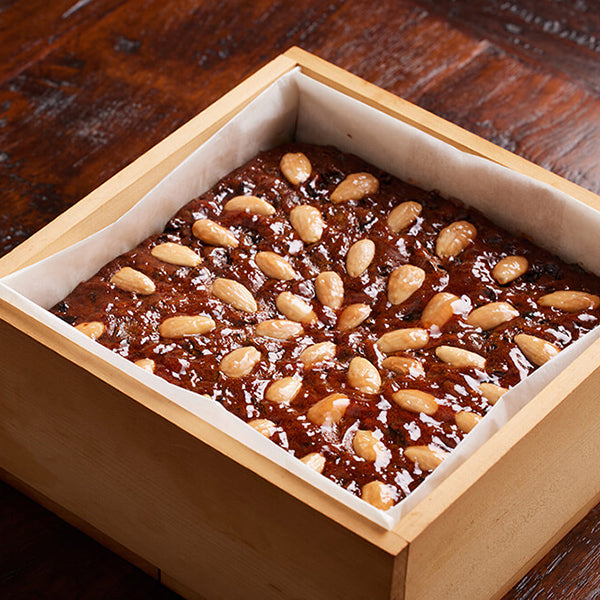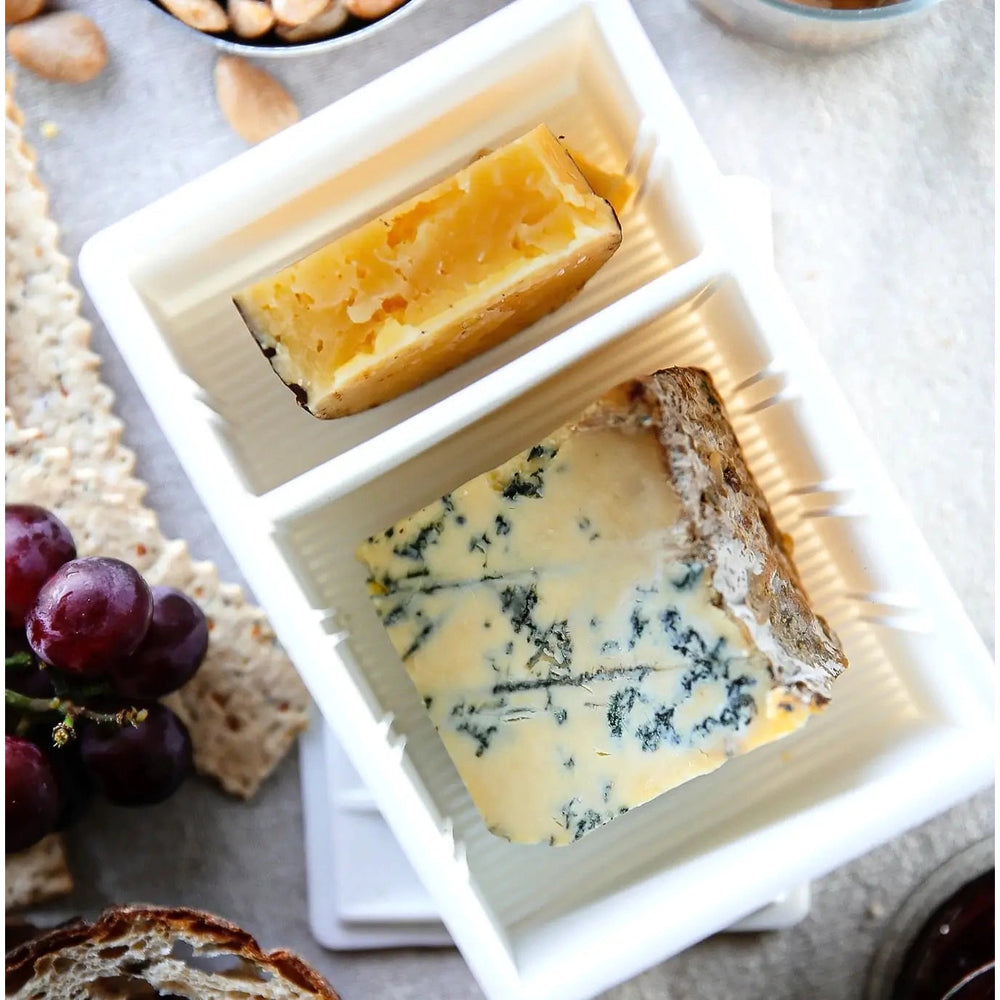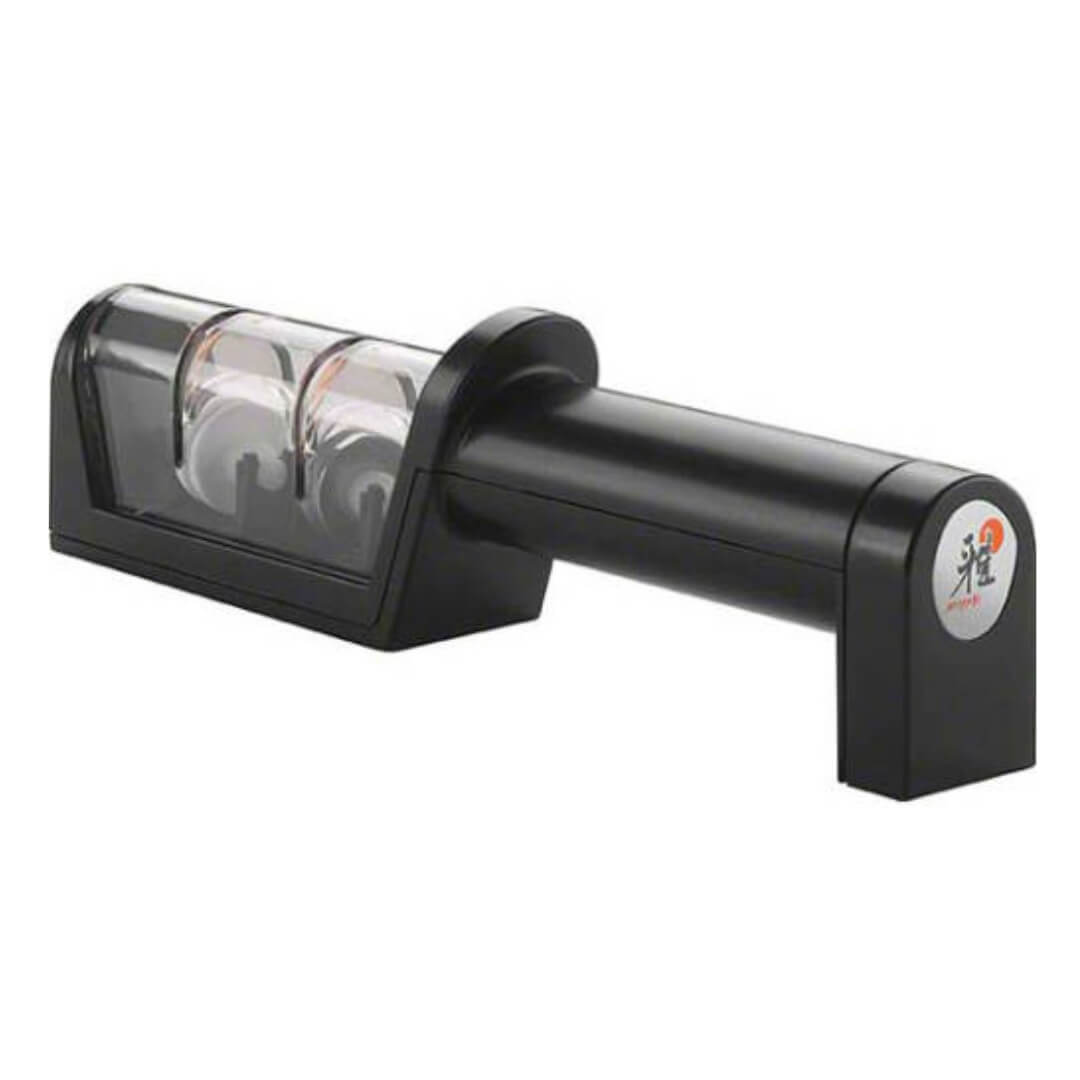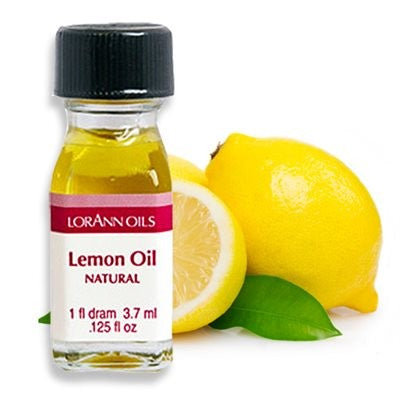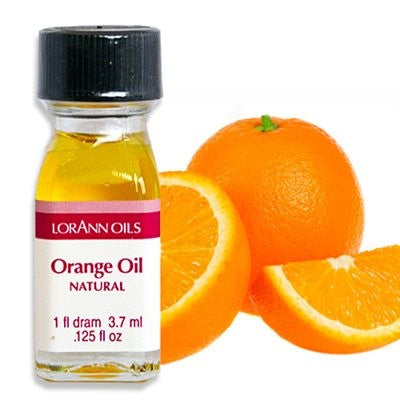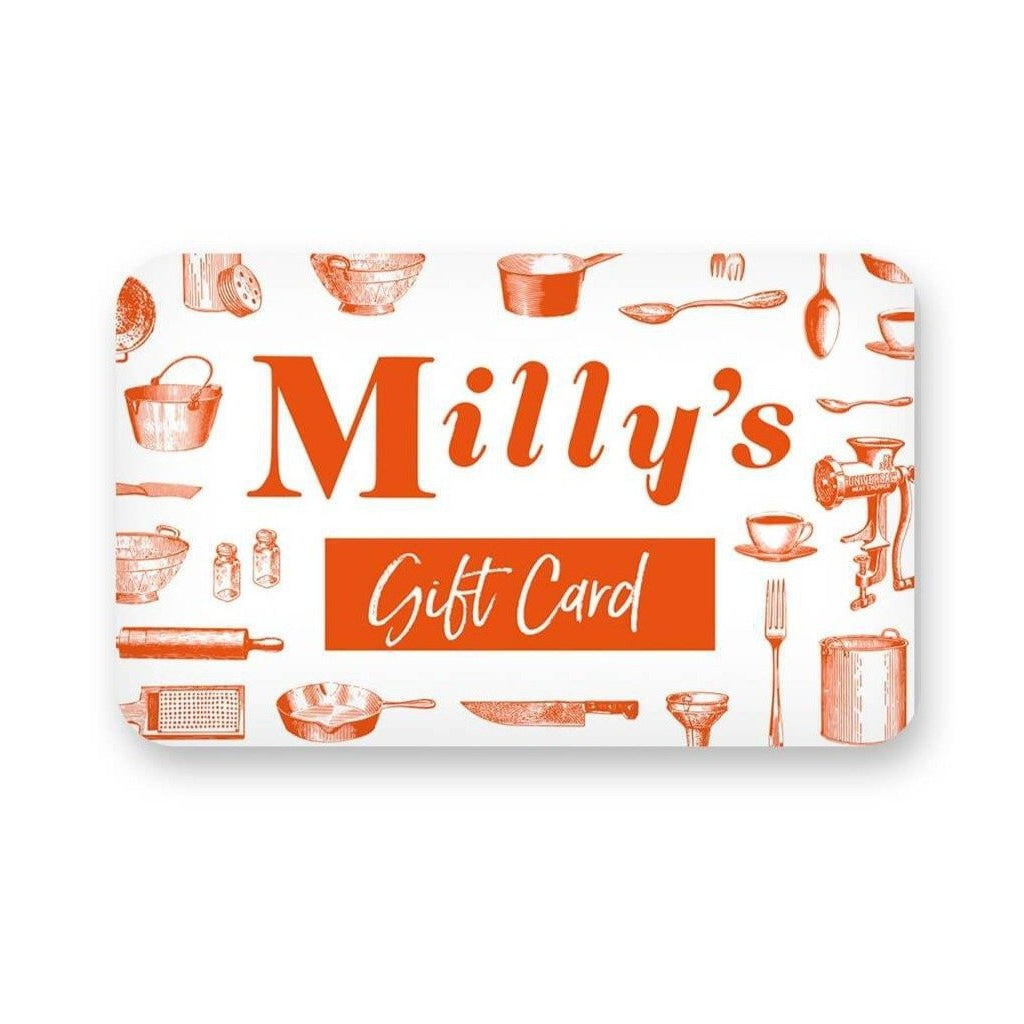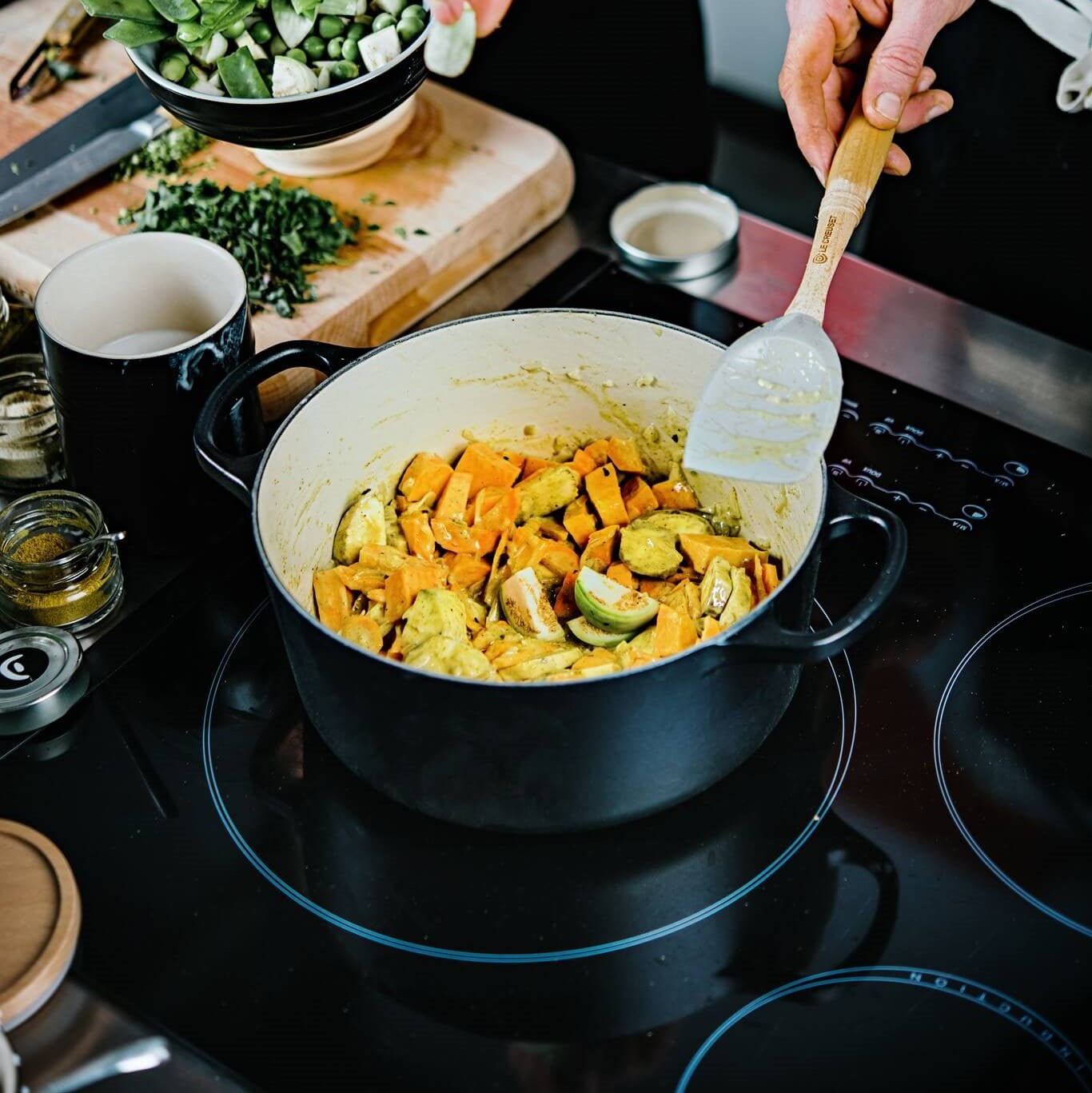Milly's Guide: Induction Cooking
Modern kitchens these days often feature sleek, clean lines so the streamlined look and monotonal colour scheme of an induction cooktop fits the bill perfectly. They are easy to clean, safe and highly efficient and Kiwis are loving them.
But induction cooking is not quite a simple as ‘turn on and get cooking’. There are specific materials of which your cookware must be made. Induction works on a magnetic field which is produced when the coil inside the cooktop makes contact with a ferrous metal surface such as stainless steel cookware. In effect the surface of your pan becomes your element – which is often spooky until you get used to it as your cooktop remains cool to the touch even when you have water at boiling point! So, a few pointers:
How do I know if my current cookware is suitable for induction?
As we’ve mentioned, you must have cookware with a ferrous base. This eliminates copper, glass and aluminium. You may also have trouble if your stainless steel is too light. You can check if your cookware is suitable by seeing if a magnet will stick to the base of your pan. If it does, you’re good to go but if it doesn’t you’ll need to purchase new. Most modern cookware is inducution capable and you should look for the symbol below to check.

How do I pick the right induction cookware?
Here at Milly’s we’ve collected the information you’ll need to choose your new cookware and we will combine this with finding out what and how you like to cook. If you can’t come in for a chat with one of us, here are a few pointers.
Consider what style of cook you are. Do you want quick heat for stir-frying, high heat for searing, low and slow-cooking or all three. Keep in mind that each pan will respond differently to your cooktop, depending on how they are designed to perform. Good-quality cookware may cost a bit more, but invariably it is more expensive to buy cheap cookware, as you’re just replacing it more often and losing all that rapid cooking you invested in with your new cooktop.
Which Material is best for me?
Cast iron, steel, some enamelled steel, and stainless steel pans with an iron base or core are suitable, but glass, aluminium and copper generally are not. If in doubt, look for the induction-compatible symbol or try the magnet test.

A). 18/10 Stainless steel
18/10 Stainless steel is a popular choice for cookware because it's strong, hard and non-corrosive. Unfortunately it's not the best conductor of heat, so good manufacturers will counter this by using aluminium in a sandwich base, effectively a layer of aluminium between two layers of Stainless Steel creating a strong durable and more even heat conducting cookware. The plate generates the heat from the induction cooktop and passes this through to the rest of the pan.
B). Cast iron
Cast iron cookware can be an investment but we often find a piece of French Cast Iron is something our customers will purchase and use diligently for 30+ years, meaning they are a lifetime cookware investment when looked after properly. They have very even heat transfer at low settings, but because of their thick and heavy base can take longer to heat up and cool down than other types of cookware.
What’s your cooking style?
For slow and steady cooking, use heavy-based pans. These will react more slowly to the cooking zone and generally take longer to heat up, but they'll give you even and consistent heating. They're versatile and ideal for cooking delicate foods and meals that require a long cooking time.
For fast cooking, stainless steel-layered bases are best – they heat up quickly and react quickly to changes in the temperature setting. These pans tend to have a thinner base, and if you don't keep an eye on things they could be more prone to burning, overcooking and sticking (unless it's a non-stick pan). These pans are ideal for boiling water and steaming.
And beware of the ‘boost’.
Even though this feature is often sold to new induction cooks as wonderful, with modern cookware you just don’t need that intense heat especially if you’re heating your pan from cold. Let your pan heat a little more gently and you’ll be rewarded with many more years of great service.
Again, come in and see if us if you have more questions – we’re here to help.


